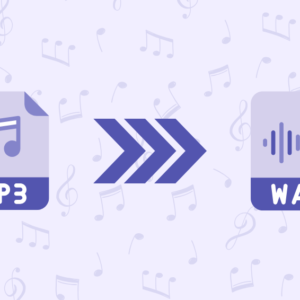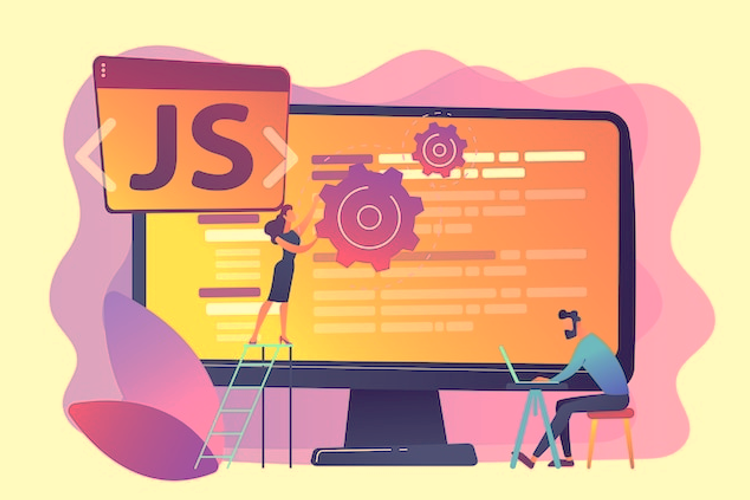Your savings account is the hub for most of your banking transactions. You use it to receive your salary, pay bills, transfer funds, purchase items, invest, and whatnot. Given its importance in your daily life, it makes sense to pay complete attention to keep your savings account secure and protect it from fraudsters.
While banks do implement high security measures, the threat from cybercriminals continues to grow. In fact, according to 2023 statistics, around 1.13 million financial fraud cases were registered in India.
How to keep your savings account secure from fraudulent activities
On that note, let’s decode some key strategies through which you can keep your savings account secure and protect yourself from banking fraud.
Choose the mobile banking app
Go for a banking app that not only offers the best online savings account rates but also high security features to keep your funds protected. You can consider the INDIE Savings Account by IndusInd Bank, which offers an incredible interest rate of up to 6.75% p.a. and top-tier security features like:
- 4-digit MPIN
- Virtual debit cards
- Transaction alerts
- Dynamic PIN creation every time you use your card
Open savings account online with INDIE today! Enjoy high interest rates, enhanced security, and maximum convenience.
Use strong passwords
Use a combination of alphabets, numbers, and special characters to create complex passwords that are hard to crack. Avoid using weak online banking passwords, such as:
- Your phone number
- Your or your close relative’s name
- Your vehicle number
- Common number series, like your marriage anniversary or birth year
Also, don’t reuse passwords across different sites, especially for banking and financial accounts. This is because, if hackers get access to one account, they may be able to easily hack other accounts.
Enable two-factor authentication (2FA)
When you enable two-factor authentication, you have to provide two types of identification to access your account. First, you enter your login name and password, and then a second security check is required, where you may be prompted to:
- Verify your bank account through an automated phone call
- Enter a special code
- Use biometric verification
- Identify an image
This way, even if a hacker or identity thief gets your password, they cannot access your saving accounts without completing the second authentication step.
Activate instant alerts for transactions
Set up alerts to notify you of every transaction, be it large or small. Make sure your mobile number and email are registered with your bank so you can receive these alerts. This way, you will always be aware of any activity involving your bank accounts, credit cards, or loans.
Contact your bank immediately if you ever get a notification about a transaction you didn’t make. Delaying could increase the risk and the amount lost.
Install ad blockers
Installing ad blockers can offer different advantages to safeguard your savings account from fraud. Here are few reasons why you need to remember installing ad blockers:
- Prevent malicious ads: Ad blockers can block malicious advertisements which can include malware or phishing. These ads can redirect you to fake websites designed to steal your confidential information or compromise your device’s security.
- Enhance browsing experience: Ads can be disruptive, gradual down web pages, and make it tougher to navigate web sites. By blocking ads, you could enjoy smoother and faster surfing, allowing you to raise awareness for your online banking activities without distractions.
- Reduce tracking: Advertisers frequently use tracking technologies to gather information approximately your online behavior and choices. Ad blockers can assist in restricting information, improving your online privacy, and lowering the danger of targeted frauds.
- Minimize clickbait and misleading ads: It can filter out clickbait and misleading advertisements which can trick you into clicking on fraudulent hyperlinks or engaging in pretend activities. By blocking such advertisements, you could reduce the possibilities of falling victim to swindles or fraudulent schemes.
- Avoid accidental clicks: These blockers can prevent unintentional clicks on ads, which could result in accidental movements or undesirable subscriptions. This permits you to keep away from unauthorized charges or subscriptions that would affect your financial savings account.
It is essential to observe that whilst ad blockers can provide a further layer of safety, they are not foolproof. It is nonetheless critical practice for secure browsing habits, preserve your devices and software program up to date, and be cautious while sharing personal information online.
Avoid using public Wi-Fi for financial transactions
You must be careful when you are using public Wi-Fi for financial transactions. Public Wi-Fi networks are often unsecure, anyone with basic hacking skills can gain access to the information being transmitted.
This harmful behavior can put you at risk and your sensitive information such as credit card numbers, bank account details and passwords can be stolen. It is recommended to use a secure and private network such as home or office Wi-Fi for your online transactions.
In the case of urgent transactions where you cannot ignore use of public Wi-Fi then it is advisable to use a virtual private network (VPN). It will encrypt your information and make it more difficult for hackers to gain access.
Learn about scamming techniques
Stay aware of different types of financial fraud and the latest scamming techniques to stay one step ahead of fraudsters. Common scams include:
- Phishing, where fraudsters trick you into revealing personal data via fake emails that look similar to those of real banks.
- Vishing, or voice phishing, when scam calls are made to make you disclose passwords, OTPs, PINs, and Card Verification Values (CVVs).
- Smishing, a variant of phishing, where scam texts are used to lure you into clicking harmful links.
- Spoofing, where scammers use fake caller IDs or websites that look like real banks to gain your trust and obtain sensitive information.
Always verify the authenticity of requests/links/calls by contacting your bank directly using the official contact information.
Additional tips to keep your savings account secure
In addition to the previous tips, here are some additional measures you can take to keep your savings account secure:
- Review your statement routinely through online banking to spot any transaction you did not initiate.
- Always access your bank account from a private Wi-Fi network, not public Wi-Fi, like hotels, restaurants, cafés, etc.
- Check ATMs and card machines for any unusual attachments that could be skimmers.
- Use a secure connection (https://) when banking online or entering personal data.
- Turn off the autofill function on your browser to prevent storing and automatically entering sensitive data.
- Use reputed apps like INDIE by IndusInd Bank to gain secure access to your savings account.
To sum up
So, these are some savings account tips to secure your funds from fraudsters. All you have to do is be cautious and informed. Consider using different passwords, updating your software, enabling two-factor authentication, disabling autofill, utilising a dedicated app for banking, and following the additional tips mentioned above for a secure banking experience.






